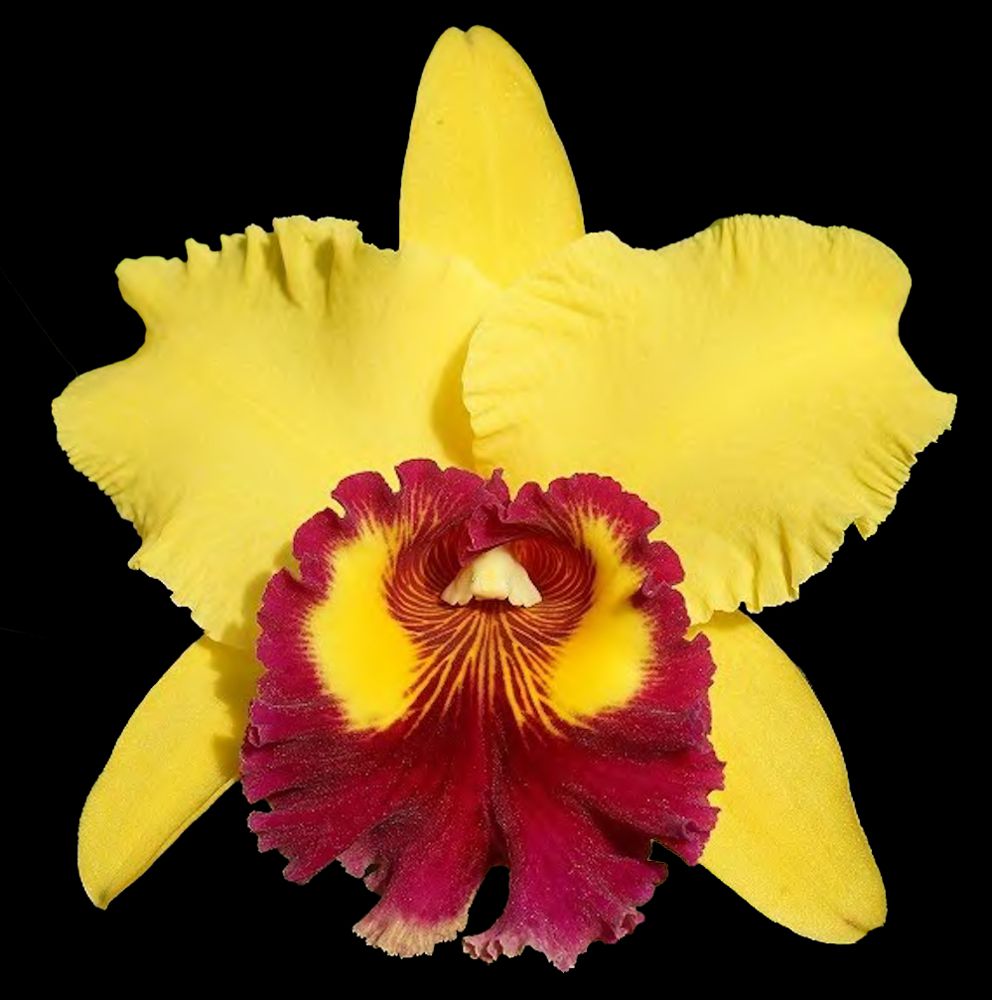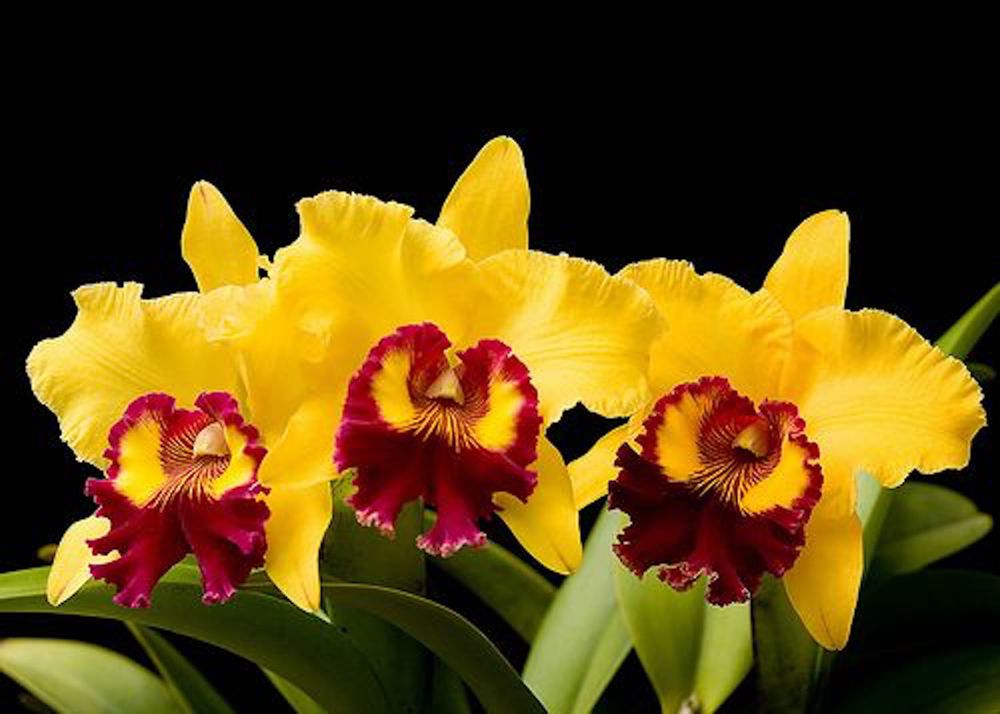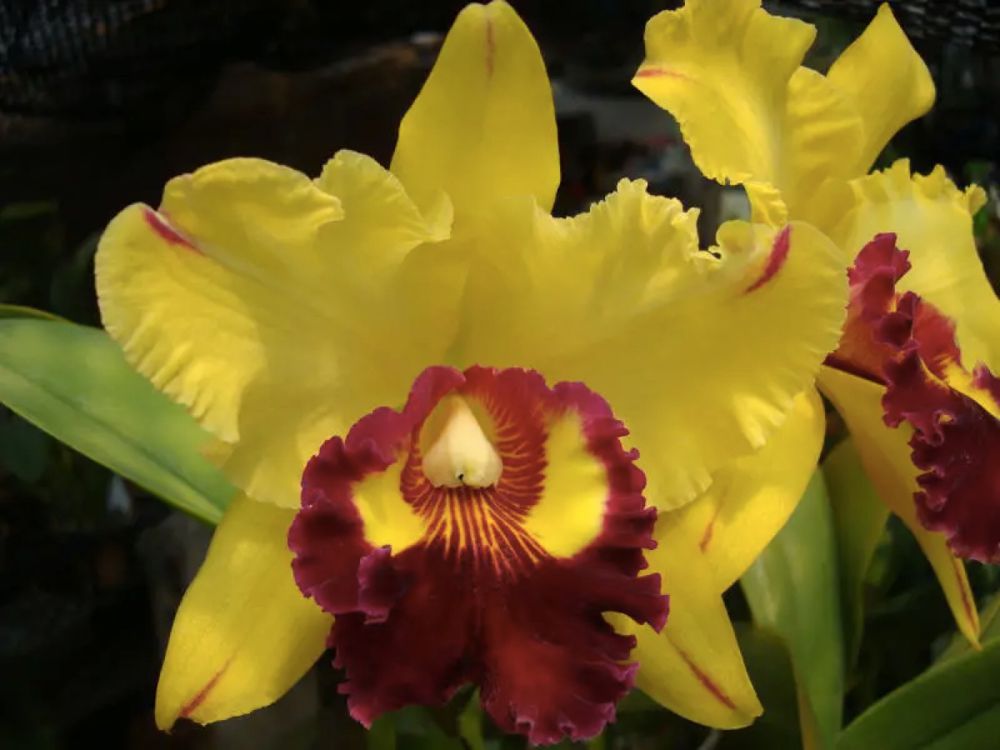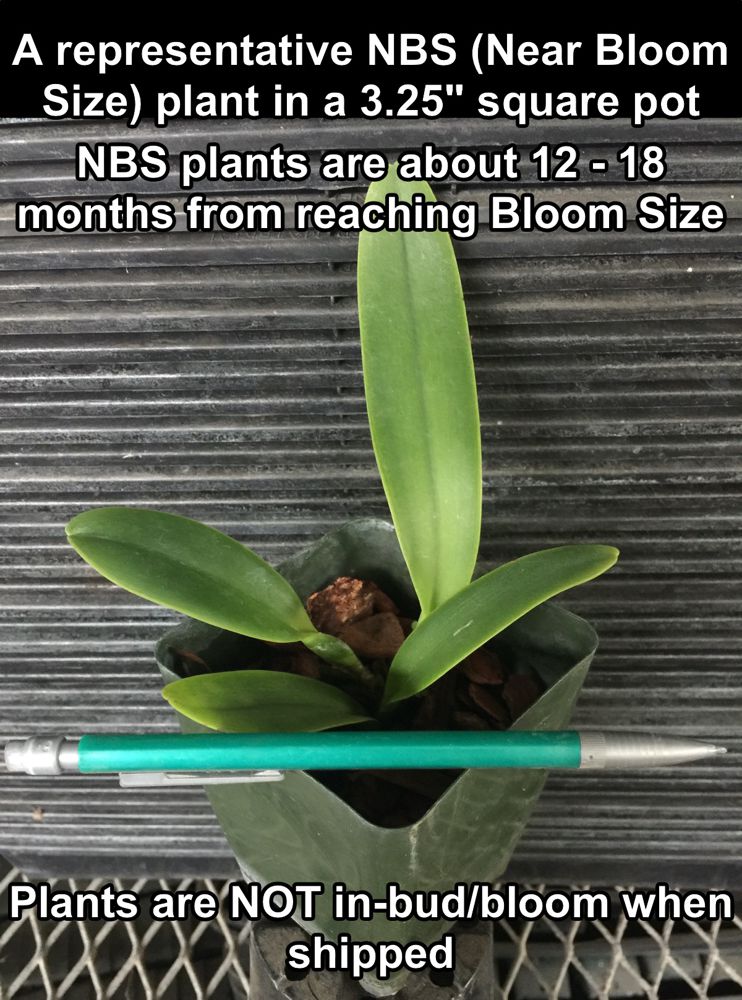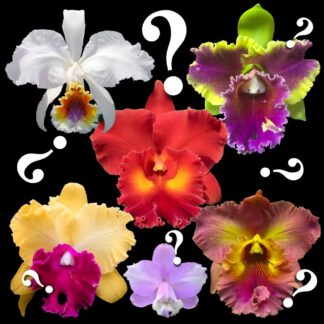Description
IMPORTANT NOTES:
***Please look at all the pictures carefully (and read the text in the photos) so you’ll know the sizes of the plants we’re offering in this listing.***
Plants are NOT in-bud/bloom when shipped. Blooming Size plants will be shipped BARE ROOT (no pot).
Blooming Size Cattleyas often have OLD, DRIED-UP ROOTS. Happy Cattleyas produce roots prolifically, and eventually these roots wear out. They can then be trimmed off. BUT IF OLD/DRY/CRUSTY/GRAY/CRUMMY ROOTS are a problem for you or your recipient, PLEASE PASS ON THIS.
=============
FULL AND EXCITING DESCRIPTION
Prior to the advent of inexpensive supermarket orchids, Cattleyas and Cymbidiums ruled the orchid roost. Before the 1990s (the decade )when Phalaenopsis started flooding the orchid market), the word ‘orchid’, at least outside of orchid growing circles, pretty much meant Cattleyas or Cymbidiums, since both of these types were popular as corsages and cut-flowers. Actually, Cattleyas have been one of the most popular types since the early 1800s, which is when they started being brought into Europe, and have had an immense influence on the orchid world. Many of the early orchid hybridization attempts in the Victorian era were done on Cattleyas as demand for these beautiful orchids continued to grow. While many Cattleya species come in white or purple, yellow is a rare color amongst the naturally-occurring species of the genus, with C. bowringiana being the stand out yellow-flowering species. The problem is the recessive nature of the gene variants (i.e., alleles) that result in yellow flowers, and how plant breeders go about breeding. It is almost always something like ‘hey, these two plants have great qualities, let’s breed them together and hope we get something good’. It’s like making moonshine: it is rarely very well organized, depends on the intuition and experience of the breeder, and a bit of luck thrown in. Despite the somewhat random nature of the process, now and then perfection strikes, and that’s what happened with Catt. Williette Wong ‘The Best’. A guy in Hawaii, Masa Chen, tried crossing two yellow Cattleya hybrids, and came out with something that exceeded both parents in color, size, and form. Out of around 500 plants produced by this cross, he selected one and named it ‘The Best’, and another bit of orchid history was made.
These yellow-blooming Catts stand out in a genus full of standouts and prize winners. It is a perfect gift for the discerning orchid collector, as the rarity of yellow Cattleyas means many collectors may not have one (but probably want one, badly), or for mom on Mother’s Day, or for yourself. Some folks can check all of the above, and should consider getting more than one as a reward for outstanding devotion to orchids.
These plants are Near Blooming Size (12 – 18 months from reaching Blooming Size) in 3.5-inch square pots, but will continue getting bigger.
How to grow Cattleyas:
1) Bright light (although avoid prolonged direct sun)
2) Water once to twice a week during the growing season; let dry between waterings
3) Use chunky bark for plenty of aeration at the roots (or grow them mounted)
4) Fertilize twice per month
5) Avoid temps below 50 F; temps into the 90s F or even over 100 F are tolerable if kept shady and well-watered
